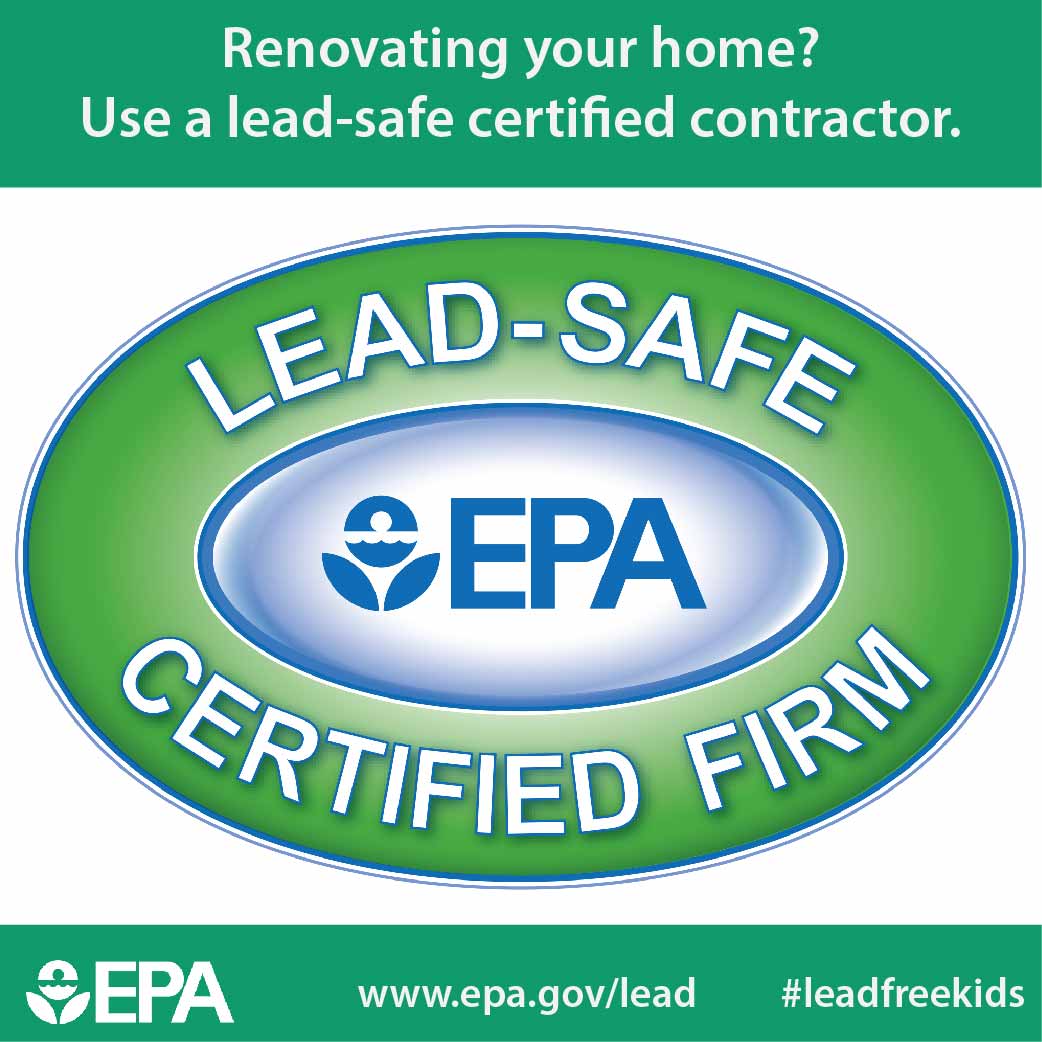Comprehending Seasonal Influences On Commercial Exterior Painting: Crucial Understanding For Success
Comprehending Seasonal Influences On Commercial Exterior Painting: Crucial Understanding For Success
Blog Article
Web Content By-Carlson Whalen
When you're planning an industrial exterior painting task, seasonal factors can make or damage your results. You'll wish to take into consideration how temperature level and moisture influence paint application and drying out times. Selecting colores para trailas can guarantee your paint sticks properly and lasts longer. Yet which seasons are genuinely the most effective for this kind of work? Let's check out the key elements that can impact your job's success.
The Impact of Temperature Level on Paint Application
When you're preparing an industrial external paint task, the temperature can dramatically affect how well the paint sticks and dries.
Ideally, you want to repaint when temperature levels vary in between 50 ° F and 85 ° F. If it's too cold, the paint might not treat correctly, bring about problems like peeling or cracking.
On the flip side, if it's also warm, the paint can dry also swiftly, protecting against proper attachment and resulting in an irregular coating.
You should additionally take into consideration the time of day; morning or late afternoon offers cooler temperatures, which can be a lot more favorable.
Always check the producer's suggestions for the certain paint you're using, as they commonly provide support on the perfect temperature level variety for optimal results.
Moisture and Its Impact on Drying Times
Temperature level isn't the only environmental variable that affects your commercial external paint job; moisture plays a substantial role also. High humidity degrees can slow down drying out times significantly, affecting the general top quality of your paint job.
When the air is saturated with wetness, the paint takes longer to cure, which can bring about problems like inadequate bond and a greater threat of mold development. If you're painting on a specifically moist day, be planned for extended wait times between coats.
It's crucial to keep an eye on neighborhood weather and plan as necessary. Ideally, aim for moisture degrees in between 40% and 70% for optimum drying.
Keeping these factors in mind guarantees your job stays on track and delivers a lasting surface.
Best Seasons for Commercial Exterior Painting Projects
What's the most effective season for your industrial outside paint projects?
Springtime and early loss are usually your best choices. During these seasons, temperature levels are mild, and moisture degrees are usually lower, producing perfect problems for paint application and drying.
Avoid summertime's intense heat, which can cause paint to dry also promptly, bring about bad adhesion and surface. Likewise, wintertime's chilly temperature levels can hinder correct drying and treating, running the risk of the durability of your paint task.
Go for days with temperature levels in between 50 ° F and 85 ° F for optimal outcomes. Remember to examine the neighborhood weather forecast for rainfall, as wet problems can destroy your job.
Preparation around these variables ensures your painting job runs efficiently and lasts much longer.
Final thought
Finally, preparing your industrial external painting projects around seasonal factors to consider can make a significant distinction in the result. By organizing work throughout the suitable temperature levels and moisture degrees, you'll guarantee much better adhesion and drying out times. Remember to watch on neighborhood weather prediction and pick the right time of year-- spring and early loss are your best choices. Taking these steps will help you attain a durable and expert surface that lasts.
